Sony E PZ 10-20 mm f/4 G
6. Distortion and field of view
Distortion
As soon as you attach the Sony PZ E 10-20 mm f/4 g to a camera, the distortion correction function in the camera menu is blocked and it remains in the Auto position. It suggests unanimously that the Sony optics specialits gave up on distortion correction and let software of a camera to correct geometric deformations instead. Our measurements show that it is exactly the case.While working on JPEG files you are able to notice just slight deformations – at 10 mm you deal with small barrel distortion which level we determined as -0.95%. Then it decreases to an almost imperceptible level of −0.30% as you pass to the 15 mm focal length and at 20 mm it is more or less zero (our official result amounts to −0.09%).
Still only RAW files are able to show the whole truth – and the situation is hardly optimistic. At the widest angle of view you deal with really monstrous 'barrel' of −9.97% and even at the 15 mm focal length barrel distortion is easy to notice as it reaches −3.37%. At the maximum focal length deformations change their sign and you deal with their pincushion variation of +1.22%.
Please Support UsIf you enjoy our reviews and articles, and you want us to continue our work please, support our website by donating through PayPal. The funds are going to be used for paying our editorial team, renting servers, and equipping our testing studio; only that way we will be able to continue providing you interesting content for free. |
- - - - - - - - - - - - - - - - - - - - - - - - - - - - - - - - - - - - - - - - - - - - - - - -
| Sony A7R III, APS-C, JPEG, 10 mm | |||
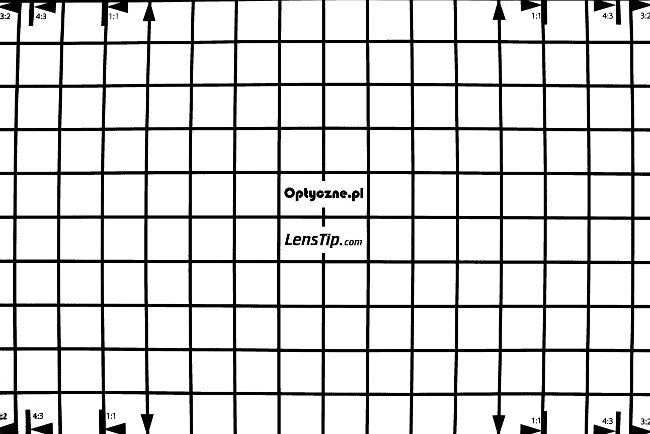
|
|||
| Sony A7R III, APS-C, JPEG, 15 mm | |||
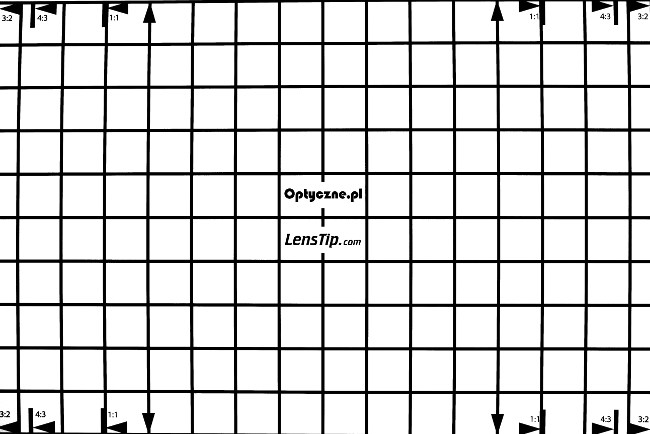
|
|||
| Sony A7R III, APS-C, JPEG, 20 mm | |||
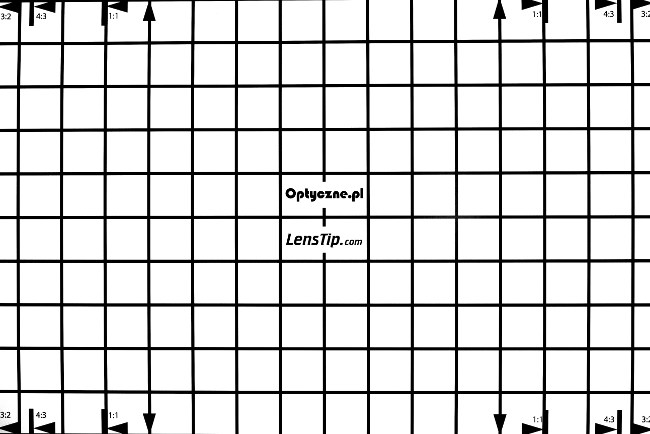
|
|||
| Sony A7R III, APS-C, RAW, 10 mm | |||
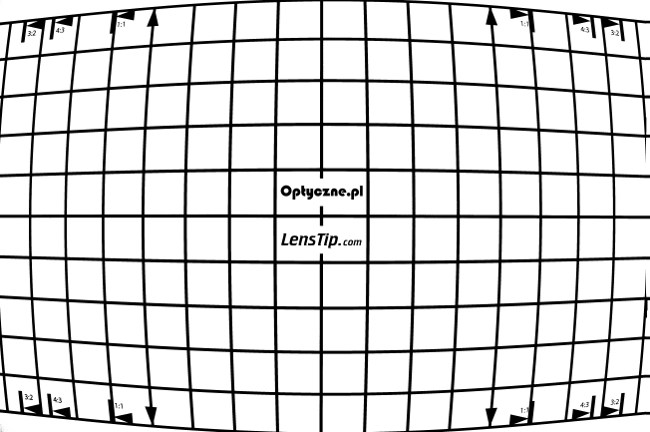
|
|||
| Sony A7R III, APS-C, RAW, 15 mm | |||
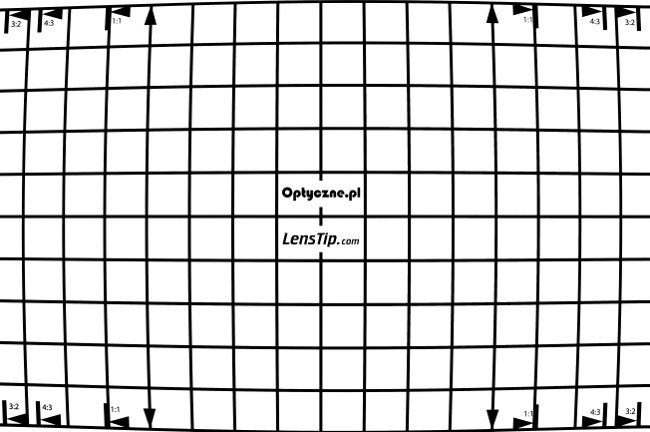
|
|||
| Sony A7R III, APS-C, RAW, 20 mm | |||
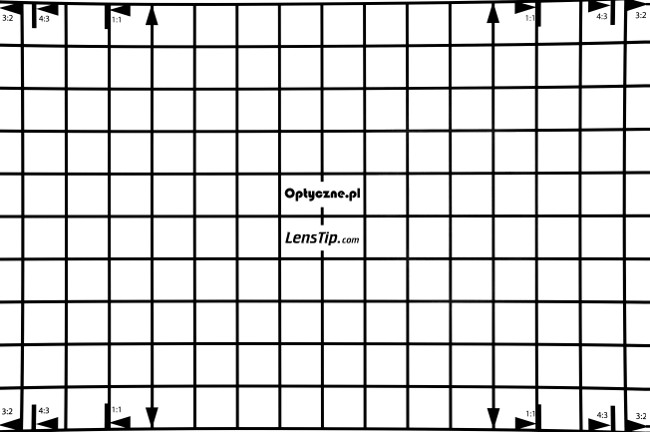
|
|||
Field of view
As we had photos of starry sky at our disposal we decided to measure the real field of view of the tested lens for both, distortion-corrected JPEG files and neutral RAW files. It allowed us to check whether the field of view, stated by the producer, is the field before or after correction of deformations.In order to do that we transformed the pixel layout (X,Y) from the photo into the equatorial coordinate system (right ascension and declination), which locates a star on a celestial sphere. That way we could determine the field of view of the lens with utter precision and in the right way, so for rays of light coming from infinity.
We took measurements just for the shortest focal length and in its case the field of view for JPEG files amounted to 109.6 degrees, with the relative error on a level of 0.3 of a degree. A 10 mm rectilinear lens should provide a field of view of 109.6 degrees on the APS-C sensor so the Sony lens field, officially stated by the producers, is ideally synchronized with our measurements. By the way, the official field of view is stated after distortion correction so the company is not trying to cheat you and everything is in perfect order.
There is also a bonus – if you use neutral RAW files you can enjoy a lens with an even wider field of view. That field, measured on RAW files, amounted to as much as 115.7 degrees with a measuring error not higher than 0.3 of a degree. Still the RAWs show you the whole truth and it's not very optimistic. At the widest angle of view you deal with really huge 'barrel' distortion of −9.97% and that barrel remains easily noticeable even at 15 mm as it reaches −3.37% in that place. At the maximum focal length you deal with pincushion distortion for a change, amounting to +1.22%.






